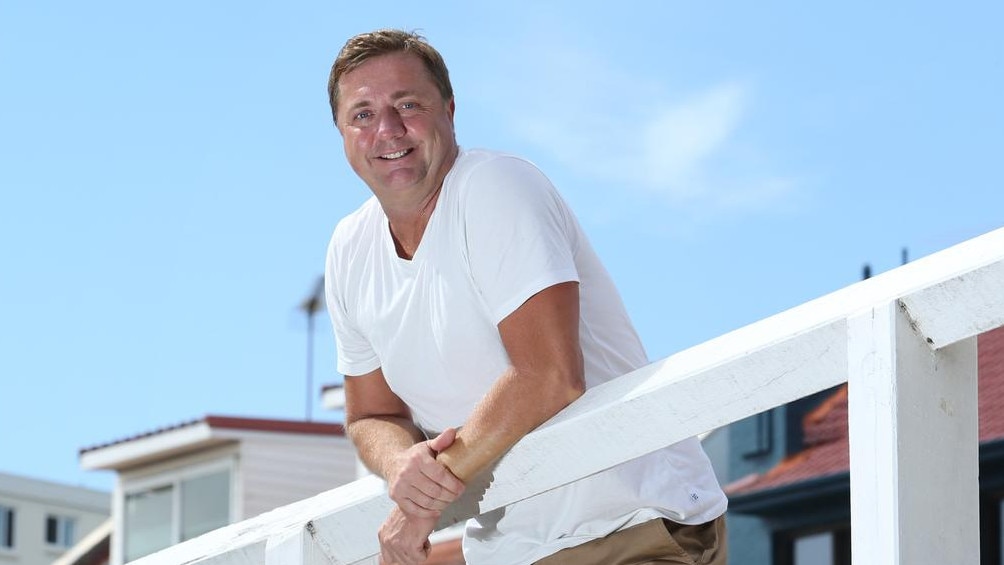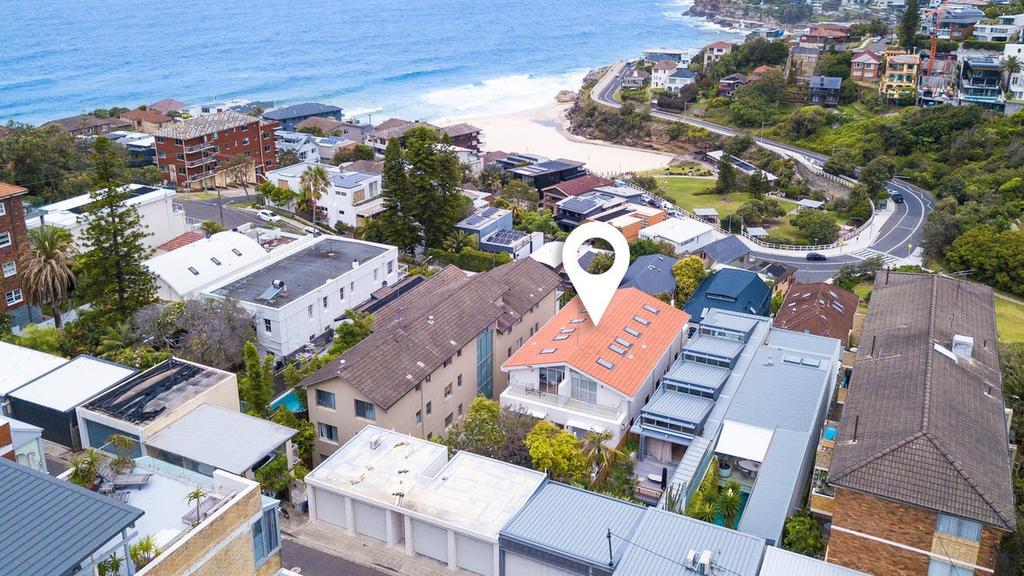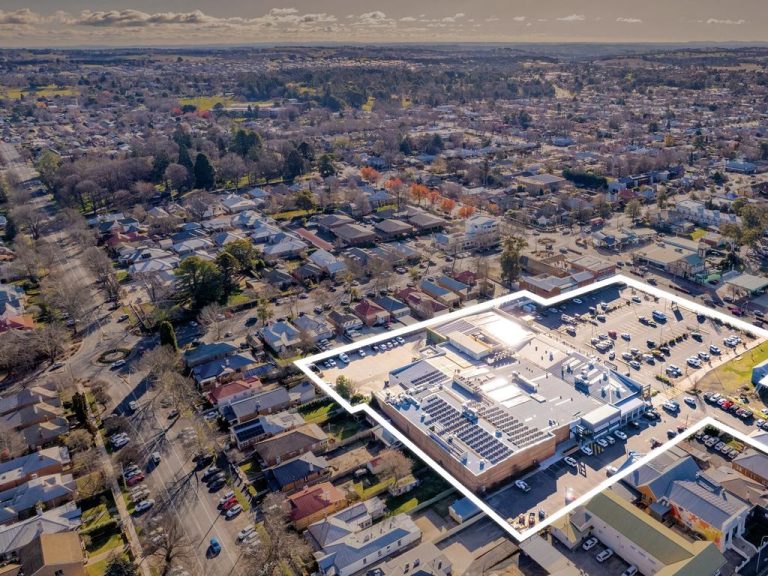Developers scout for Sydney strata sites where extra rooftop units can be added to airspace

Buy Airspace founder Warren Livesey
Sydney unit owners are increasingly cashing in on a secretive way to make money from air, as developers scout for prime strata title sites where extra rooftop units can be added.
Airspace development is growing in Australia, says Waren Livesey, who finds old buildings around Sydney that have the capacity to hold a home or two on top and checks their zoning requirements.
In Sydney alone the industry is valued at $150bn, with potential to build homes on top of 90,000 strata buildings, he said, adding that the average strata rooftop is about 300sq m.
“All in all in Sydney, there’s about 30 million square metres of unused roof space in our urban areas that could be used for housing,” Mr Livesey said.
“And there’s about a 100 million square metres in Australia above our stratum retail buildings that can be used for new rooftop homes.”
The going rate for rooftop space is about $2500 per square metre, but in some areas, including Sydney’s eastern suburbs, it could go as high as $10,000, he said.
“If you live in an area where you can build up to 12.5 metres and the building only goes to nine, you have that 3.5m of airspace that can actually be sold off and be rebuilt by somebody else,” Mr Livesey said.

An airspace project in Sydney’s Tamarama.
Strata owners are also increasingly coming on board with the idea, as a new tenant not only means one extra pair of hands paying strata fees but the developer and strata fund typically split 50 per cent of the proceeds of the sale.
“You actually are repairing and rejuvenating the existing building with the funds you receive from the rooftop sale,” Mr Livesey said.
“It’s one way strata owners can get an extra investment into a strata fund for much-needed repairs.”
It’s an industry he says is relatively secretive in Australia, with building owners requesting buyers’ agents like him as well as developers and the new property owner to sign non-disclosure agreements on the deals.
“Basically, owners don’t want their neighbours to know … they don’t want anybody to know. They get prying eyes otherwise,” he said.
The fear is that if the neighbours found out they would complain and object to the deal before a development application could be approved by a council.

An airspace project in Sydney’s Vaucluse.
Having worked on about 75 properties over the past 10 years he says more recently he has been selling between three and four spaces a month.
“It’s actually now the fastest growing and the most sustainable form of housing,” Mr Livesey he said. “You’re not knocking down buildings and sending all of that embodied carbon to the tip.”
If there’s approval to build higher, he approaches a strata group and sometimes, within as little as two to three months, has a new tenant living in a penthouse on top, he says.
Mr Livesey, who runs buyairspace.com.au, set up the business after he had spent 10 years selling airspace in New York, London and Paris.
He sees a big opportunity to build thousands of homes on top of existing buildings across Australia and says the fact that the homes are more sustainable was proving popular.

An airspace project in Sydney’s Bondi.
Mr Livesey said one of the most interesting things about rooftop homes was the speed at which they could be constructed.
Most projects were for modular homes – homes that are built off site and often take little to put together once on site – with cranes lifting them on top of properties room by room, he said.
That was part of what made them more sustainable, he said, as modular homes are built in controlled environments where manufacturers have more control over what products are used and how they are built.







